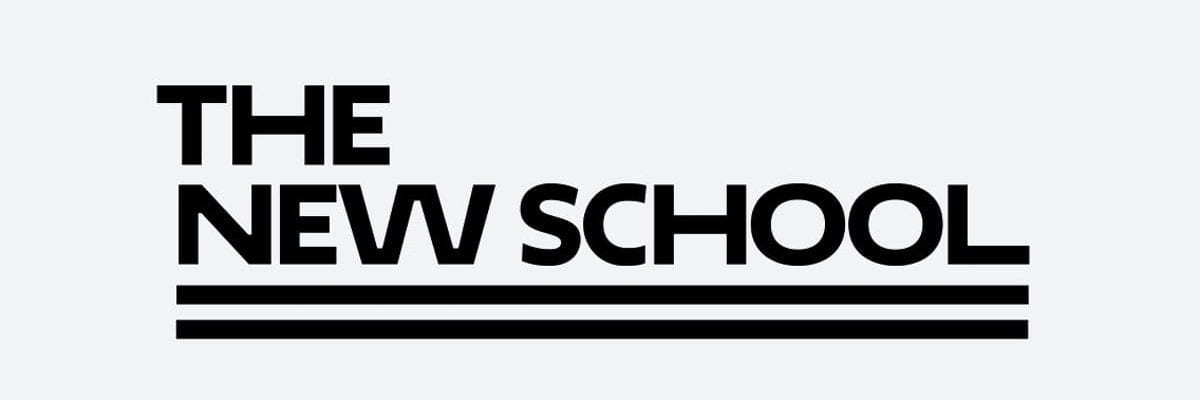Why is it being called “German” and not “Germanic“? And who sent the German an instruction? Explore the fascinating history of the German language with us. With over 100 million native speakers, German is now the most spoken language spoken in the E.U. What is the origin of this language? With its intricate grammar and vast vocabulary beginning, what did it take to develop into the way it is in the present? We explore the fascinating background of the German language, from its initial precursors around three thousand years ago to the newest letter celebrating its 3rd birthday.
Proto-Germanic.
Before there was any talk of German between 1000 to 450 B.C. Chr. The first sound was shifted into a proto-Germanic language, an Indo-European proto-language. How this Ur or Proto-Germanic was organized cannot be determined in the present because evidence written from this time is extremely rare. Early Germans left just the smallest runic inscriptions on graves or cult objects, and songs and stories passed down through oral transmission. But, some Germanic phrases like barracuda (“bread”) and grip (“to grasp”) remain in various variations up to the present.
Old High German
The development of the German language started in 600 AD, at the time of Germanic migration and the spreading of Christianity. A set that comprised West Germanic languages split off from other Germanic dialects in the so-called Second Sound Shift, and what we call Old High German emerged. This Second Sound Shift is a significant turning point in the development of German. It is the reason we speak of Pfanne, Zeit, and T Richter today. In contrast, in Dutch and English, The process of change also separated the German-speaking region into various dialects. While the shift in sound occurred exclusively in southern (Upper Germany) and central Germany, Low German in north Germany, as with English, preserved the older sound patterns. This is evident in Nordic dialects and dialects of today. At the time of the sound shift, the term “German” also appeared for the first time, with the current meaning. It comes from the Germanic term diuretics or an idiot. It is used to refer to the German-speaking people in the Frankish Empire.
Early New High German
Early Modern High German deserves its own historical moment because important cultural shifts occurred throughout the German-speaking world during the period. In the course of translating the Bible in 1545, Martin Luther enriched the German vocabulary with numerous words, including “Denkzettel,” “Feuereier,” and “Lastermaul.” Luther also contributed to the development of previously regional words like “Ziege” (instead of “Geiss”) or “Ufer” (instead of “Gestade”) to gain cult status throughout the German-speaking world. But, most importantly, he laid the groundwork for a common German language.
The wide spread of German Bible text made New High German, based on central and southern German dialects, more sought-after in Northern Germany.
Technological innovations like the printing press invented by Johannes Gutenberg (around 1446) gave the German writing language more importance. Supra-regional standard languages emerged, and every dialect could be comprehended. As books began to be published in German rather than Latin, The development of humanism brought Latin loanwords, such as “secret,” “zitieren,” and “examination” into play. The German grammar was redesigned by a Latin model. This introduced the future tense by using “will” + infinitive, where the present tense had simply been utilized before.
Modern High German
Before the 16th century, German was a mixture of different dialects. Standards changed because, between 1500 and the 1800s, a consistent written language was developed out of the Upper and Middle German dialects. The new High German was the German language that continues to be spoken to this day. However, the Low German dialects did not create their own written language, aside from Dutch. This was the German dialect of the Middle Ages and became an independent language towards the end of the 16th century. Now it is very popular in the biggest countries in 21th century. Most students learn other languages for future job help. Mostly students and people are using books and apps to learn German. They learn German online with the help of apps and websites. You can visit the italki app for German and other languages. italki is one of the best platforms for online language learning. There is a highly professional German teacher for Teaching.
German As A National Language
The majority of German-speaking regions merged to create The German Reich. At the end of 1871, a common orthography was required to represent the national language of the new state. In 1880, Konrad Duden published the complete orthographic dictionary of the German language. In addition, the spelling described in the dictionary was still valid until the spelling reform in 1996. Various technical terms were introduced during the 19th century in conjunction with the Industrial Revolution. In social interaction, it was commonplace for words to borrow from English or French. In the 20th century, the development of new technologies and social shifts was also ensured. there was a need for German vocabulary that was augmented by a myriad of English loanwords like “the computer,” “job,” and “team.” Little has changed in the way of pronunciation during the 20th century. A trend toward simplification is evident in the case of German. Where the genitive is more and less frequent. For instance, the dative frequently takes its place when it is used in “cause for the climate. “

Leave a Reply